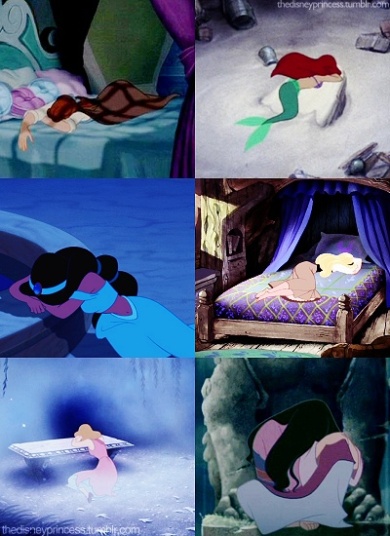After watching the Frontline documentary, “American Porn,” I was reminded of Storey’s assertion that “ideology can refer to a systematic body of ideas articulated by a particular group of people.” There were a few examples throughout the documentary that I feel expressed the ideology of the porn industry aptly. When discussing her motives for keeping the large storefront glass windows in her Hustler Hollywood business, the owner stated, “We want people to see in, and we want people to break the stereotype that sex is dirty.” The more porn or sex products are publicly accepted, the less self-conscious people will feel about being seen and associated with these products. This makes perfect sense from a marketing standpoint, as another interviewee confirms with his statement, “There must be demand for this. This must be normal. I shouldn’t feel odd because I watch it.” He is referring to the promotion, availability, and popularity of pornography, which gives potential viewers the security and comfort of knowing that there is nothing strange about indulging. The porn industry must promote the ideology that sexual activity, and access to this activity, is normal, healthy, and exciting, and this ideology offers a freedom that many opposing ideologies about sex do not. Porn enables the viewer the opportunity to experience a fantasy of their choice, regardless of age, class, gender, race, or sexual identity. While the pornography itself exposes everything, the viewer is afforded privacy. The viewer does not have to explain his or her tastes in material to anyone, and can be comforted that the availability of this material means that there are other individuals out there who enjoy the same things. In this sense, an ideology based on open sexual expression and indulgence without guilt can actually form a community of individuals who visit the same websites, watch the same material, and buy the same products. The porn industry has to subvert the mentality that one’s sexual preferences and activities are something abnormal, embarrassing, or not to be talked about with others.
The third part of the Miller test asks if the material in question “lacks serious literary, artistic, political, or scientific value” when evaluating whether pornography fall within the acceptable realm of community-accepted normality. I have posted the following interview with porn star Sasha Grey because I found her perspective on the porn industry very interesting. The way she discusses her desire to “make adult films more creative” because she “wants people to keep watching movies even after they have an orgasm” suggests that for many individuals in the porn industry, pornography can be a product of artistic and creative expression. While many people may believe that porn is just filth that objectifies women and promotes unhealthy ideas about sex, I believe that porn is just a slightly more touchy version (pun intended) of every other product out there on the market. People are putting work into creating it by pooling their ideas, executing the production, and finishing with a product that is popular.







